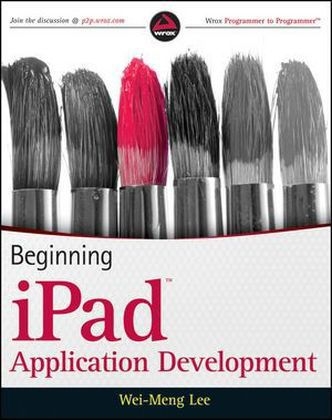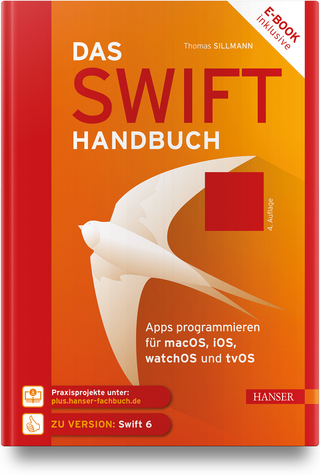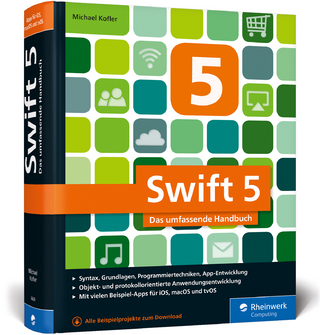
Beginning iPad Application Development
Wrox Press (Verlag)
978-0-470-64165-1 (ISBN)
- Titel ist leider vergriffen;
keine Neuauflage - Artikel merken
Coverage includes: getting started with Xcode and Interface Builder to build a Hello World application fundamental concepts of iPad programming: outlets and actions UI widgets known as views that make up the iPad application user interface view controllers available in the iPhone SDK and different types of iPad applications - View-based, Window-based, Split View-based, and Tab Bar applications how to deal with the iPad's virtual keyboard, hide the keyboard on demand, and ensure views are not blocked by the keyboard when it is displayed reorient the application's UI when the device is rotated or force an application to display in a certain orientation using the Table view is to display rows of data and implementing search capabilities in Table view using application settings to persist application preferences persisting application data by saving the data to files in the application's sandbox directory using the embedded SQLite3 database library to store data implementing animations using gesture recognizers in the iPhone SDK to interpret user's input gestures access the iPad accelerometer and detecting device shakes communicating with Web services and their data publishing services on the network using Bonjour implementing applications that use push notifications building location-based services applications, obtaining geographical locations data, displaying a map an overview of the Objective-C language
Wei-Meng Lee is a technologist and founder of Developer Learning Solutions, a technology company specializing in hands-on training in the latest Microsoft and Apple technologies. He is also the author of Beginning iPhone SDK Programming with Objective-C and writes frequently for online publications.
Introduction. Part I Getting Started. Chapter 1 Getting Started with iPad Programming. Chapter 2 Write Your First Hello World! Application. Chapter 3 Views, Outlets, and Actions. Chapter 4 View Controllers. Chapter 5 Keyboard Inputs. Chapter 6 Screen Rotations. Part II Di splaying and Persisting Data? Chapter 7 Using the Table View. Chapter 8 Application Preferences. Chapter 9 File Handling. Chapter 10 Database Storage Using SQLite3. Part III advanced ip ad programming techniques. Chapter 11 Simple Animations. Chapter 12 Recognizing Gestures. Chapter 13 Accessing the Accelerometer. Part IV Network Programming. Chapter 14 Web Services. Chapter 15 Bluetooth Programming. Chapter 16 Bonjour Programming. Chapter 17 Apple Push Notification Services. Chapter 18 Displaying Maps. Part V Appendices. Appendix A Answers to Exercises. Appendix B Getting Around in Xcode. Appendix C Getting Around in Interface Builder. Appendix D Crash Course in Objective-C. Index.
| Erscheint lt. Verlag | 11.5.2010 |
|---|---|
| Reihe/Serie | Wrox Programmer to Programmer |
| Zusatzinfo | Illustrations |
| Sprache | englisch |
| Maße | 188 x 233 mm |
| Gewicht | 1018 g |
| Einbandart | Paperback |
| Themenwelt | Informatik ► Programmiersprachen / -werkzeuge ► Mac / Cocoa Programmierung |
| Informatik ► Software Entwicklung ► Mobile- / App-Entwicklung | |
| Informatik ► Weitere Themen ► Smartphones / Tablets | |
| ISBN-10 | 0-470-64165-7 / 0470641657 |
| ISBN-13 | 978-0-470-64165-1 / 9780470641651 |
| Zustand | Neuware |
| Informationen gemäß Produktsicherheitsverordnung (GPSR) | |
| Haben Sie eine Frage zum Produkt? |
aus dem Bereich

